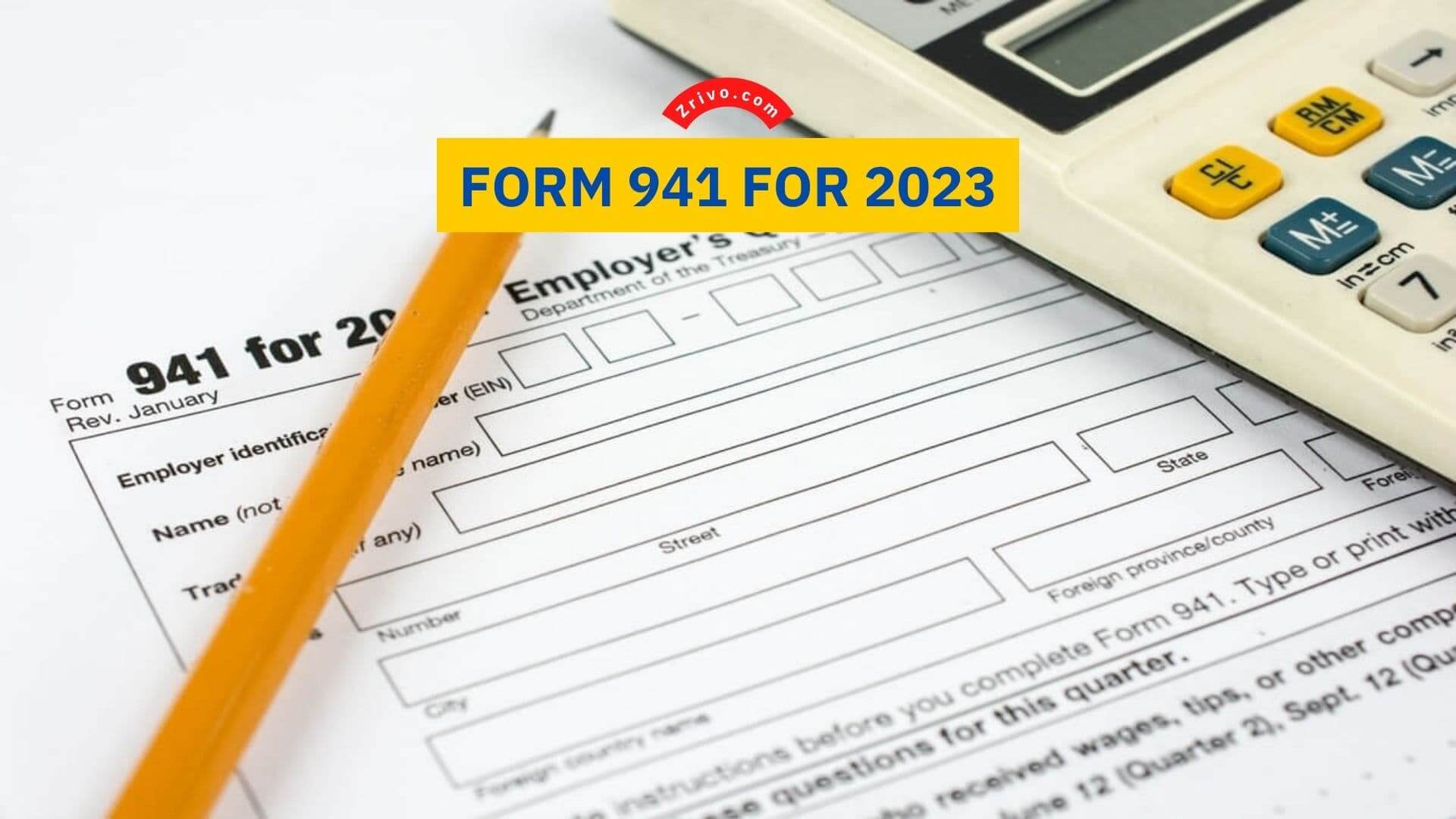
941 form: What is it?
IRS Form 941 is a federal payroll tax form that employers must file quarterly to report their employees’ W-2 wages, federal income tax withholdings, Social Security tax, and Medicare tax. It helps the Internal Revenue Service (IRS) ensure that employers are properly withholding the correct amounts from employees’ paychecks and remitting them in a timely manner.
How to File 941 Form: A Step-by-Step Guide
- Gather Necessary Information: Before filling out the form, ensure you have your Employer Identification Number (EIN), total number of employees, total payments to those employees, and amounts withheld for federal income tax, Social Security tax, and Medicare tax.
- Complete Each Part: IRS Form 941 is divided into sections. Each section pertains to different details about your quarterly tax return.
- Calculate Your Total Taxes: This will be the sum of the wages you’ve paid, plus the federal income tax, Social Security tax, and Medicare tax withheld.
- Determine Your Payments: Account for any deposits you’ve made during the quarter.
- Sign and Date: Once you’ve reviewed the form for accuracy, an authorized person must sign and date the form.
- Submission: Depending on your location and preferences, you can either mail the form to the IRS or e-file it online.
941 Form Errors and How to Avoid Them
Common errors include:
- Not reconciling Form 941 with W-2 Wage and Tax Statements.
- Incorrectly calculating payroll taxes.
- Missing or incorrect Employer Identification Number (EIN).
To avoid these errors:
- Regularly reconcile your payroll records.
- Use payroll software or consult a tax professional.
- Double-check all entries before submission.
The Importance of Filing 941 Form on Time
Submitting the 941 form on time is crucial. Late submissions can result in penalties and additional scrutiny from the IRS. Consistent, accurate reporting reinforces the trust between employers, employees, and the IRS.
941 Form Deadlines and Extensions
| Quarter | Due Date |
|---|---|
| Jan – Mar | April 30 |
| Apr – Jun | July 31 |
| Jul – Sep | October 31 |
| Oct – Dec | January 31 |
Extensions can be requested, but they’re not automatically granted. They’re typically only given in extenuating circumstances.
941 form deadline: When is it due?
As illustrated in the table above, the 941 form is due quarterly. Missing these dates can lead to penalties.
941 form penalties: What are the consequences of filing late or incorrectly?
Penalties vary based on the severity and nature of the error. The IRS may impose a penalty for:
- Late filing.
- Late payment.
- Inaccuracies on the form.
It’s crucial to address any notices from the IRS immediately to minimize potential consequences.
Where to find the 941 form?
The IRS Form 941 can be found on the official IRS website. Additionally, many payroll software solutions offer integrated e-filing of the form.
To wrap it up, 941 form is an essential employer tax form. Regularly reconciling and ensuring accuracy in your payroll records can help you avoid common mistakes and potential penalties. As 2025 approaches, it’s more crucial than ever to ensure you’re prepared for your quarterly submissions.